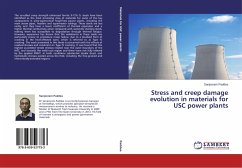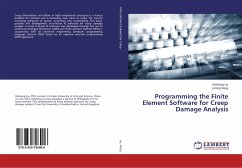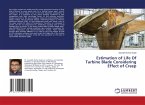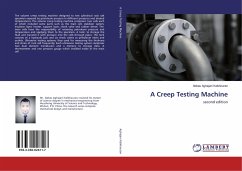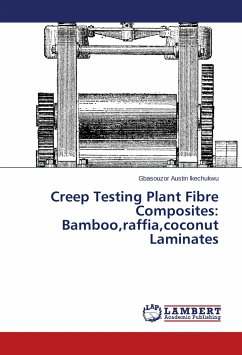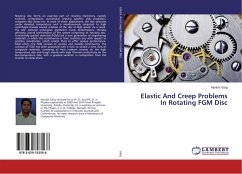The so-called creep strength enhanced ferritic 9-12% Cr steels have been identified as the most promising class of materials for some of the key components in ultra-supercritical fossil-fired power plants, including the main steam pipes, headers and superheater tubings. These steels are less costly, and they have a lower coefficient of thermal expansion and a higher thermal conductivity when compared with austenitic stainless steels, making them less susceptible to degradation through thermal fatigue. However, experience has shown that the weldments in these steels are particularly prone to premature creep failure, due to a localised form of cracking in the heat-affected zone, which is referred to as Type IV cracking. The work presented in this thesis is concerned with the effects of residual stresses and constraint on Type IV cracking. It was found that the highest as-welded tensile stresses resided near the outer boundary of the HAZ, and towards the weld root region and these were not fully relieved by the applied PWHT. In both conditions substantial tensile direct and hydrostatic stresses existed across the HAZ, including the fine-grained and intercritically-annealed regions.

